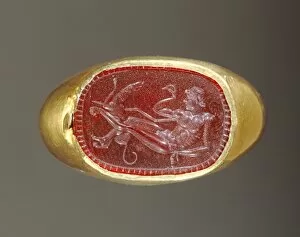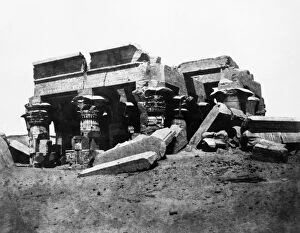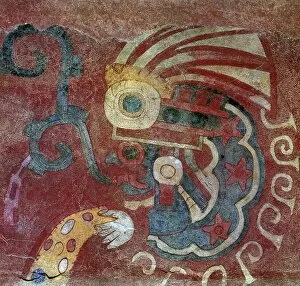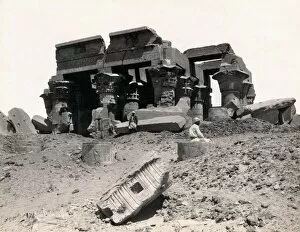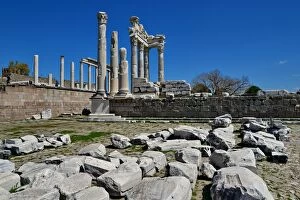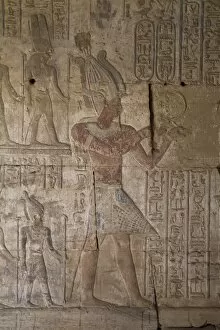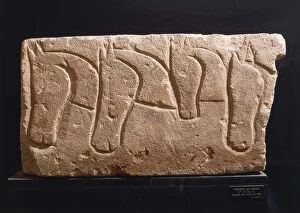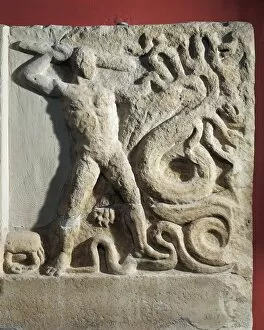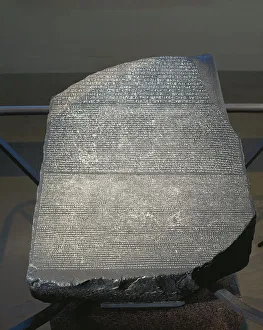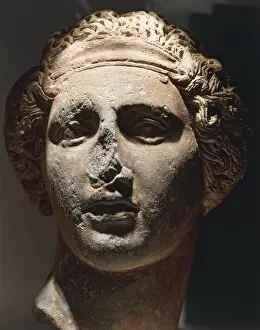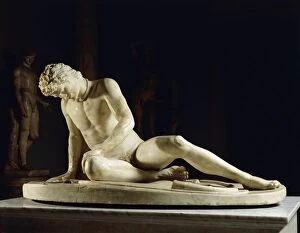2nd Century Bc Collection (#29)
"Exploring the Richness of the 2nd Century BC
For sale as Licensed Images
Choose your image, Select your licence and Download the media
"Exploring the Richness of the 2nd Century BC: From Roman Mosaics to Ancient Statues" Step back in time and immerse yourself in the captivating world of the 2nd century BC. This era, filled with remarkable art and historical events, offers a glimpse into ancient civilizations that shaped our modern world. One notable artifact from this period is the Roman memento mori mosaic, serving as a poignant reminder of mortality. Its intricate design urges contemplation on life's fleeting nature and encourages us to seize each moment. Traveling across continents, we encounter the Chavin Stele from Peru. The Raimondi stele depicts a chieftain adorned with symbols representing power and authority. It stands as an enduring testament to the rich cultural heritage of pre-Columbian civilizations. Turning our attention to Rome, we delve into political history with The Gracchi - influential figures who challenged societal norms during this time. Their pursuit of land reforms sparked debates that would shape Rome's future trajectory. Venturing eastwards, we marvel at architectural wonders like Ruwanweli Saya Dagoba in Anuradhapura. This UNESCO World Heritage Site showcases Sri Lanka's mastery in constructing magnificent stupas that inspire awe even today. The Great Frieze of Pergamon Altar transports us further into antiquity. Dating back to 180-159 BC, it narrates mythological tales through intricately carved reliefs—a testament to Hellenistic artistry at its finest. Journeying through jewelry craftsmanship, a finger ring adorned with floral inlay captures our attention. Crafted using gold, garnet & rock crystal during this era demonstrates exquisite skill and artistic expression prevalent during those times. Continuing our exploration into adornments, a gold bracelet featuring antelope heads reveals both beauty and symbolism prevalent in ancient societies—depicting strength and grace intertwined within their culture.

